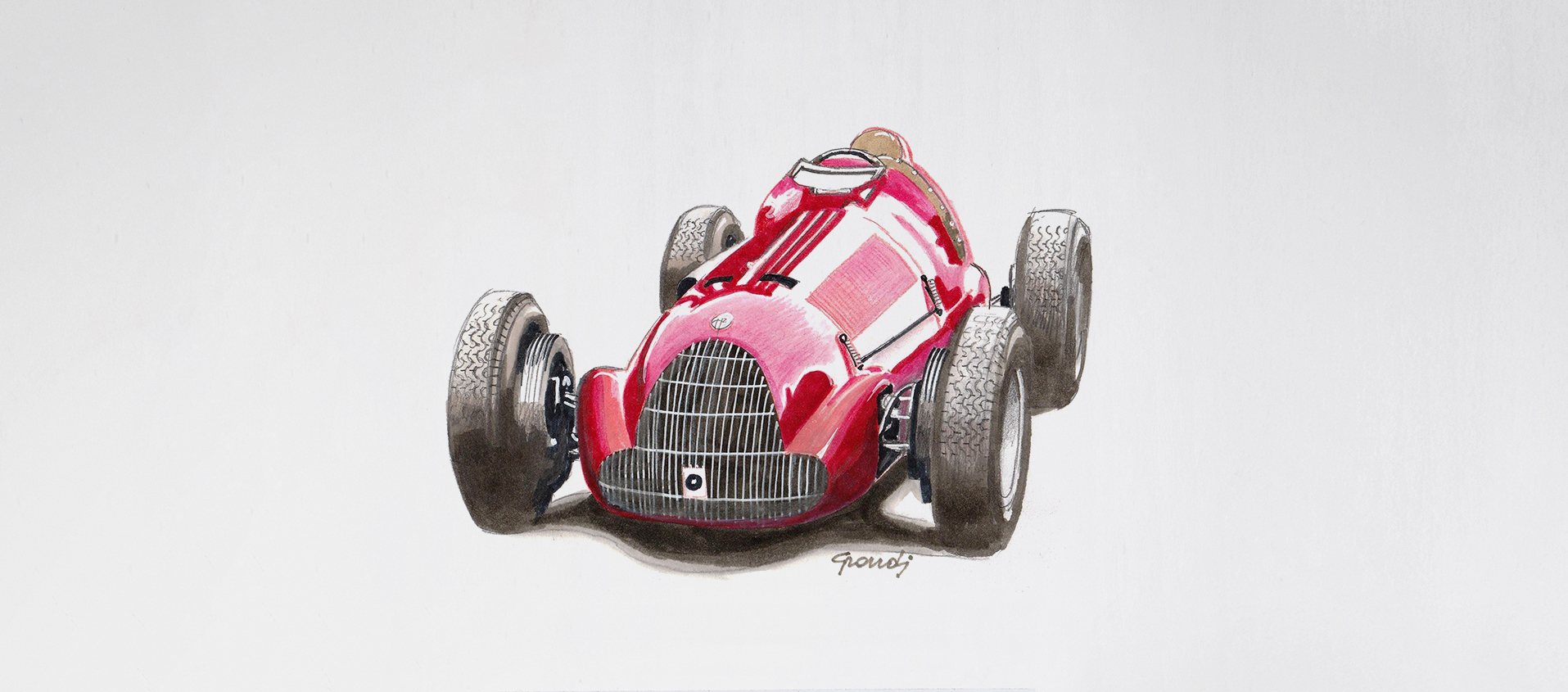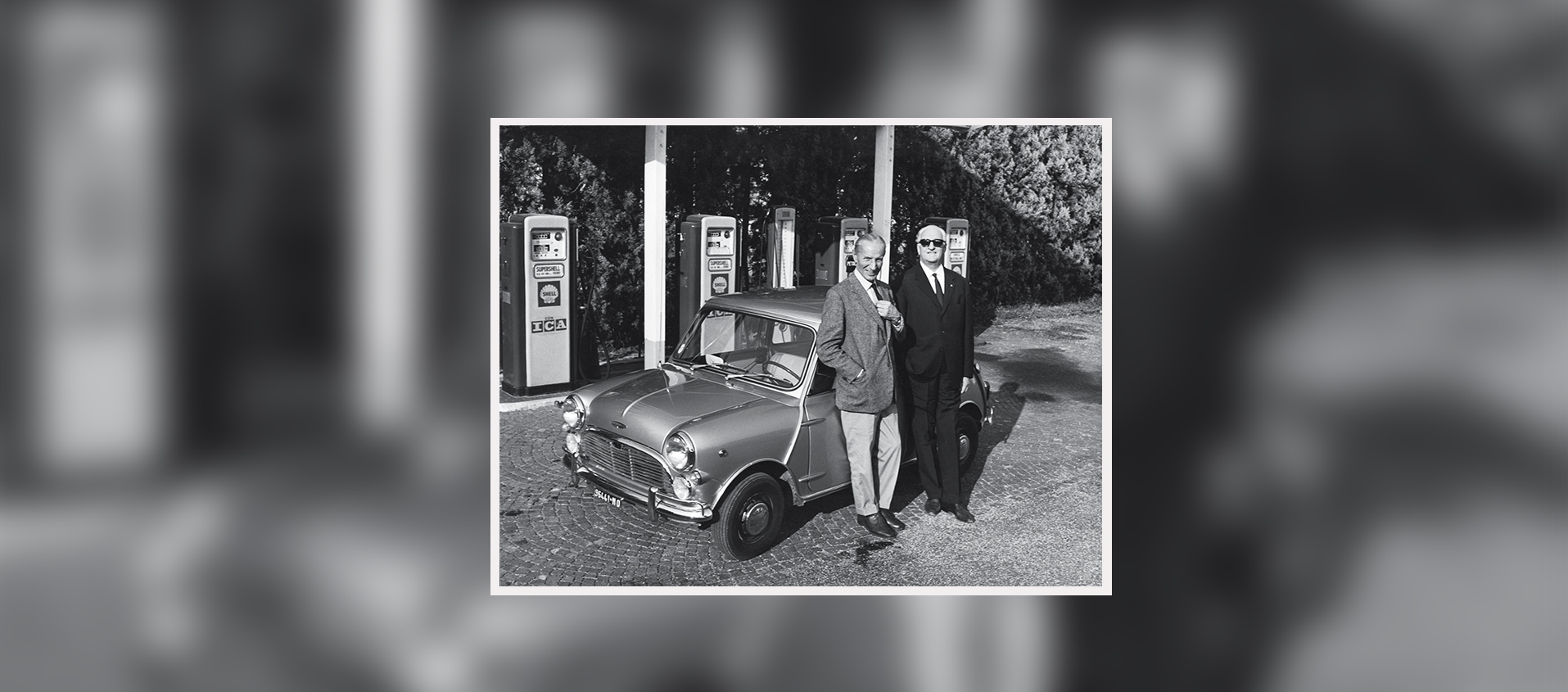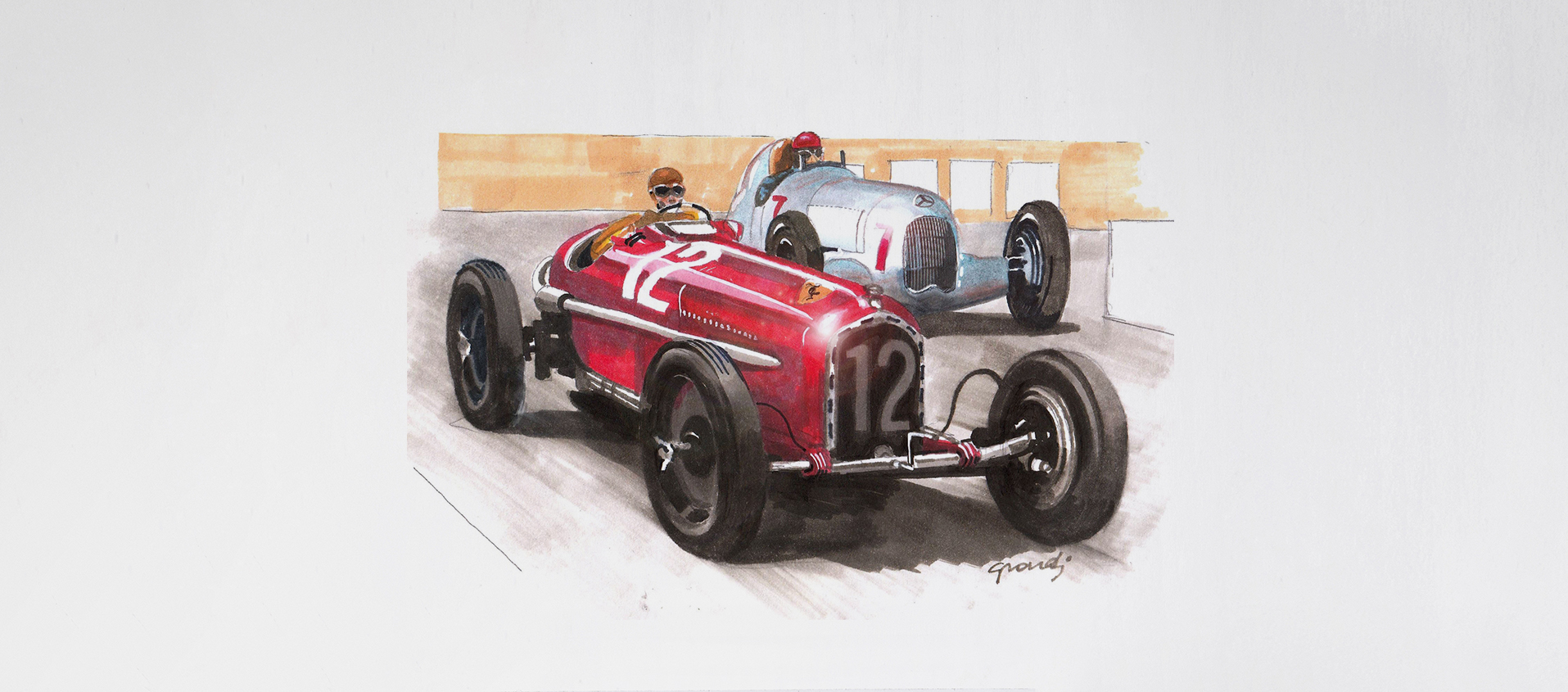Bimotore and 158. Enzo: making a virtue out of need. The Scuderia became a manufacturer to try to stop the mighty Germans
08 February 2021 4 min read 9 images

Grand Prix car regulations set a minimum car weight to ensure excessive lightening doesn’t compromise safety. It’s no easy task to comprehend the regulations from the 1930s where the required weight of 750 Kg was also the maximum. That’s right, the maximum.
Register to unlock this article
Signing up is free and gives you access to hundreds of articles and additional benefits. See what’s included in your free membership. See what's included in your free membership.
Already have an account? Log In

